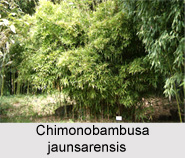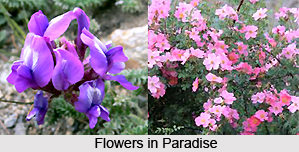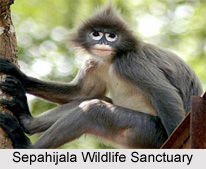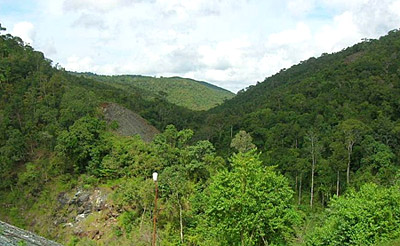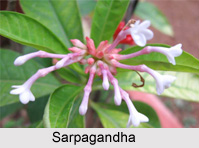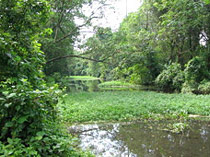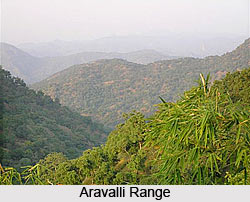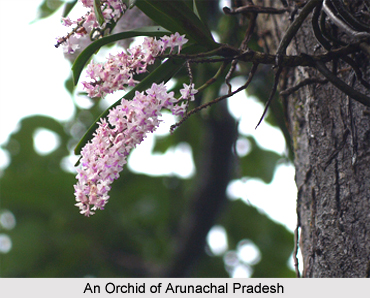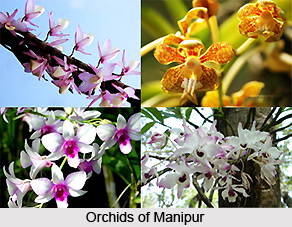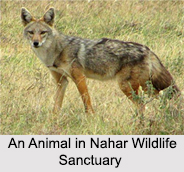 The State of Haryana is located in the northern part of India. This state is regarded as one of the most economically developed regions in South Asia. It"s geographical terrain is characterized by the Shivalik Hills, Aravali Range, Yamuna- Ghagger plain, semi desert sandy plain and rivers. The geographical features of this state along with national parks, forests and flora and fauna are capable of attracting tourists here. Wildlife Sanctuaries of Haryana are no exception in this regard. These wildlife sanctuaries are described below.
The State of Haryana is located in the northern part of India. This state is regarded as one of the most economically developed regions in South Asia. It"s geographical terrain is characterized by the Shivalik Hills, Aravali Range, Yamuna- Ghagger plain, semi desert sandy plain and rivers. The geographical features of this state along with national parks, forests and flora and fauna are capable of attracting tourists here. Wildlife Sanctuaries of Haryana are no exception in this regard. These wildlife sanctuaries are described below.
Chhilchhila Wildlife Sanctuary
Chhilchhila Wildlife Sanctuary is located near Kurukshetra University in Kurukshetra district. This sanctuary occupies an area of about 28.92 hectares. Dry deciduous type of vegetation is found in the sanctuary. Small and medium-sized woody plants, tree species and aquatic plant species form part of the flora of the sanctuary. This sanctuary provides shelter to two near endangered species called the Oriental Darter and the Painted Stork. Some of the avifaunal species of the sanctuary are gadwall, northern pintail, northern shoveller and common teal.
Bir Shikargah Wildlife Sanctuary
Bir Shikargah Wildlife Sanctuary is situated in the Panchkula district. It is spread over an area of about 767.30 hectares. It was declared an Eco-Sensitive Zone (Esz) in 2009 by the Government of India. Some of the inmates of the park are Indian leopard, Asiatic elephant, chital, sambar deer, wild boar, rhesus macaque, gray langur and striped hyena. This sanctuary also has a Vulture Conservation and Breeding Centre.
Saraswati Wildlife Sanctuary
Saraswati Wildlife Sanctuary is situated in the district of Kaithal. This sanctuary is spread over an area of about 4452.85 hectares. It was notified on 29th of July, 1988. Ancient rectangular bricks of 15 feet deep structure was discovered in the sanctuary on 9th of April, 2016 by the Mahant and members of a dera of Nath yogis. Another such remain is a water-well made up of small lakhauri bricks. It has been estimated to belong to the Mughal empire era.
Khol Hi-Raitan Wildlife Sanctuary
Khol Hi-Raitan Wildlife Sanctuary is situated in the district of Panchkula. It is spread over an area o f about 4883 hectares and also has an additional 1320 hectares of eco-sensitive zone. It was notified as a wildlife sanctuary on the 10th of December, 2004. Species like Indian leopard, Asiatic elephant, chital, sambar deer, wild boar, rhesus macaque and gray langur are some of the occupants of the sanctuary.
Other Wildlife Sanctuaries of Haryana
Some of the other Wildlife Sanctuaries of Haryana are Abubshahar Wildlife Sanctuary, Nahar Wildlife Sanctuary and Bir Bara Ban Wildlife Sanctuary.
